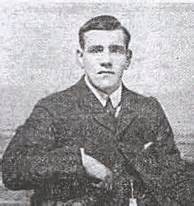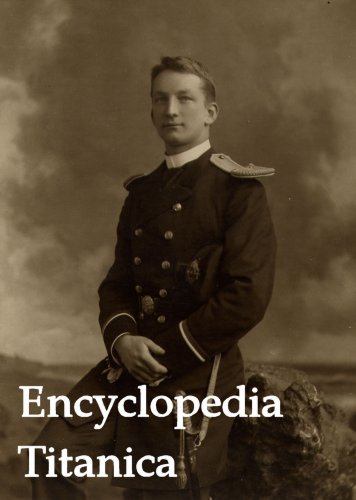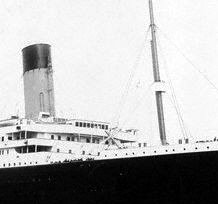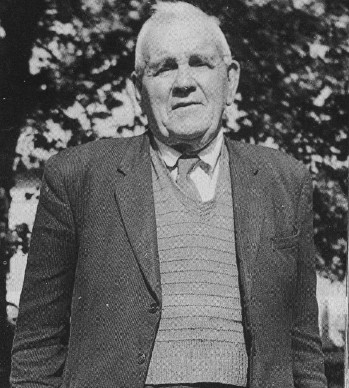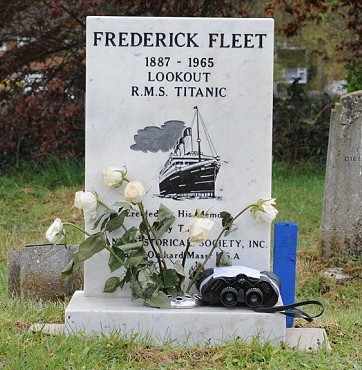The Man at the Wheel
/When 23-year-old Robert Hichens married in 1906, his marriage certificate stated his occupation as “master mariner.” Indeed, he had served aboard numerous ships, including mail boats and small liners, usually in the position of quartermaster. But until he was hired in April of 1912 as one of Titanic’s six quartermasters, his experience at sea did not include the North Atlantic.
robert-hichens-crew
Titanic Quartermaster Robert Hichens
At 10:00 p.m. on April 14th, Hichens relieved another quartermaster at the ship’s wheel, his fourth time at that post since the ship had left Southampton. The air temperature dropped as the ship continued on course through calm waters. When the lookouts in the crow’s nest sited the iceberg ahead, they immediately telephoned the bridge. First Officer William Murdoch gave Hichens the order, “Hard a’ starboard!” At the same time, Murdoch ordered the engines stopped and reversed.
Hichens correctly turned the wheel to port as far as it would go. Basically, this maneuver would cause the tiller to turn to starboard and the ship to turn to port, and pass to the left of the oncoming iceberg. It’s possible that if the Titanic had turned a little more, it might have missed the berg. But by stopping and reversing the engines, the ship slowed down, and many experts believe this made the collision a certainty. The iceberg scraped and bumped the ship along its starboard side, causing the rivets along the hull to pop open and water to rush into six of the ship's sixteen compartments.
lifeboat-6
Lifeboat 6 approaching RMS Carpathia
Later, as the lifeboats were loaded, Hichens was put in command of Lifeboat 6. It held just 28 passengers and crew, including Denver millionaire Margaret “Molly” Brown, but had a capacity for 65. Following rescue, passengers testified at the inquiries that Hichens refused to go back to try and save anyone in the water. They said he called the bodies “stiffs” and argued with those who were manning the oars. Hichens appeared at the American and British inquiries and denied all claims, stating the lifeboat was over a mile from the wreck site by the time the ship sank.
matania_hich
Robert Hichens testifying at Titanic Inquiry
Hichens returned to England and obtained work aboard various ships. He then began to drink heavily and was unable to find steady employment. After the breakup of his marriage, he was arrested for attempted murder. Following his release from prison in 1937, he died aboard a cargo ship in 1940 at the age of 58.
Photo credits: Encyclopedia Titanica, NYdailynews.com




